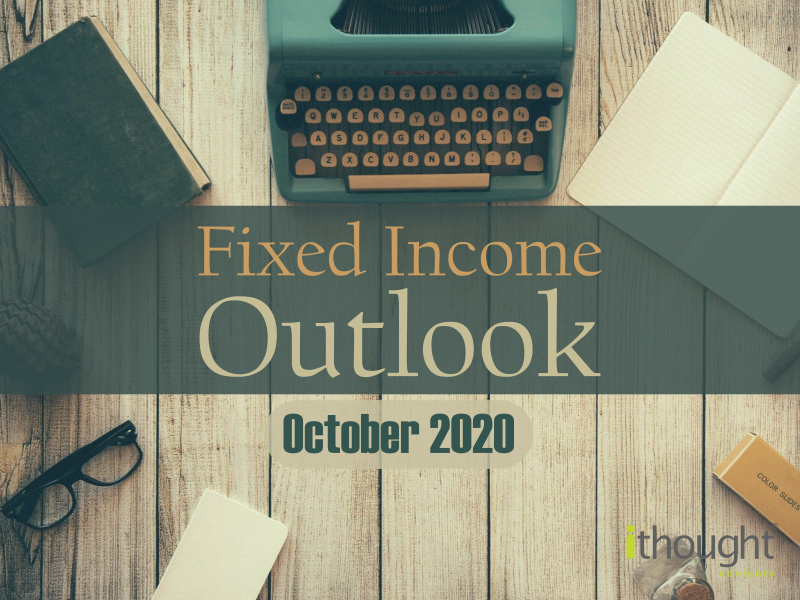
“Someone will always be getting richer faster than you. This is not a tragedy.” – Charlie Munger
It’s not easy to be a fixed income investor in this market. If you mustered the courage to take more risk, you were knocked out by defaults. And if you sought safety, returns wouldn’t beat inflation. Interest rates are so low that the scope for mark-to-market gains is minimal. Meanwhile, gold and equity seem to have done well for themselves. Should investors start looking beyond safety and predictability?
Inflation and Growth
High inflation numbers and contracting growth don’t paint a pretty picture. Interest rates may remain in some state of paralysis in the near term. We don’t know when they’ll move, but we know what signs to look for. When inflation stabilizes and growth picks up, rates can afford to increase. If inflation softens and growth doesn’t pick up, rates could go down.
On the inflation front, the future looks brighter than the past. A good monsoon can set many things right. On the growth front, we have a long way to go and NBFCs will play an important role in bringing our economy back to life. The RBI’s initiative to allow restructuring of loans and the Government’s decision to stop fresh IBC proceedings creates a little breathing room for enterprises. Policy will have to balance the interests of lenders, borrowers, and savers.
RBI Monetary Policy
The RBI postponed its scheduled monetary policy meeting. The October policy is crucial because, for the first time this year, the RBI is likely to share GDP projections. Our foreign reserves are holding us in good stead through these uncertain times. This helped stabilise our exchange rate and retain a positive outlook on our credit rating.
The last few government bond auctions had few takers. The lack of appetite for long-term government debt is causing yields to climb. This is hard to digest, especially in a market where Central and State governments need to borrow more. One of the key things the RBI must manage is the Government’s borrowing costs.
YTM & Return
Investors often assume that YTM indicates the return. This is most true in a static time-bound portfolio (like a Fixed Maturity Plan). In open-ended funds, YTM changes all the time because:
- Portfolio composition changes
- Mark to market movements affect yields
- The interest rate cycle plays out
Investment Opportunities
The good news is that you needn’t avoid high-quality funds because of a modest YTM. Playing it safe now puts you in the best position to grab opportunities in the future. The added bonus – You don’t lose much when the tide turns.
Accept lower returns.
Embrace lower risk.
Apna time aayega.